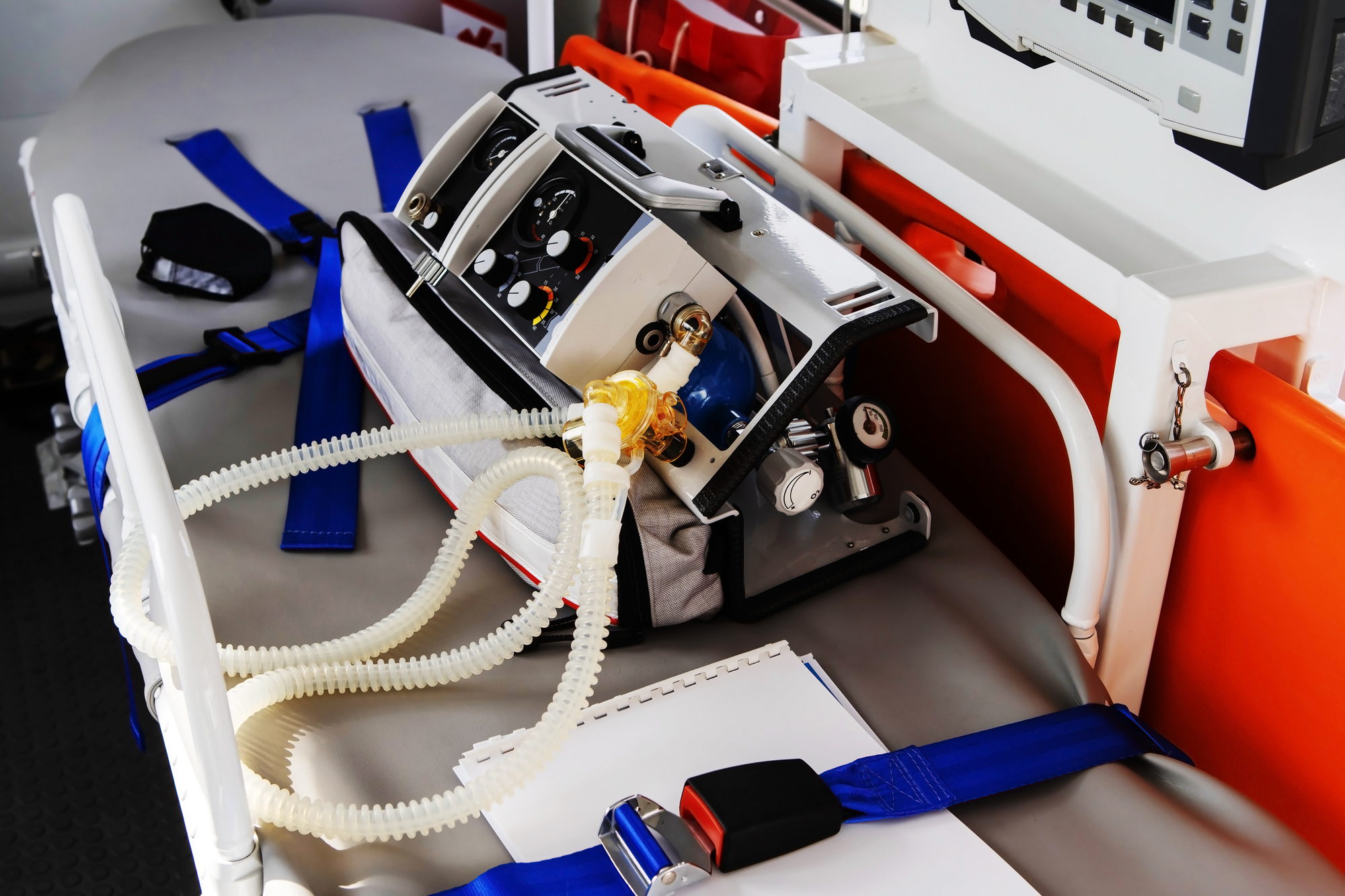The Importance Of Emergency Breathing Devices In Hazardous Work Environments
- 03 Nov 2023
- Articles

Workers operating in environments where toxic fumes, dust, or gases are prevalent face significant risks daily. Hence, ensuring that emergency breathing devices are accessible, functional, and familiar is a crucial step in safeguarding human lives.
These devices are engineered to provide breathable air to individuals when the ambient atmosphere becomes compromised due to fires, chemical spills, or other unforeseen hazards. In confined spaces, such as on ships, where escape routes may be limited or prolonged, having access to these devices can make the difference between life and death.
The article highlights the critical role of emergency breathing devices in hazardous work environments, emphasizing their functionality, the situations where they are essential, the importance of training and maintenance, and the need for regulatory compliance.
Understanding Emergency Breathing Devices
Emergency breathing devices (EBDs) are portable equipment designed to provide users with a short-term supply of breathable air in emergencies. Their primary purpose is not for routine operations but rather for evacuation or escape when the environment becomes unsuitable or dangerous for breathing.
The devices usually contain a source of breathable air, either compressed or chemical-based, and a mechanism to deliver this air to the user. The design and duration of the provided air can vary depending on the intended use and the specific hazards anticipated.
Moreover, EBDs differ from regular respiratory protective equipment (RPE) in that they are typically reserved for emergencies. While RPE can be used regularly to prevent inhalation of hazardous substances, EBDs are designed for sudden and unforeseen incidents where immediate escape is necessary.
Situations Requiring Emergency Breathing Devices
Many work environments present potential risks requiring emergency breathing equipment (EBE). Here are the situations in work environments where EBE might be needed:
-
Chemical And Industrial Accidents: This includes chemical spills, releases in factories, or hazardous material exposures. Workers in industries handling toxic substances might need respirators or SCBAs during incidents.
-
Confined Space And Underground Work: Workers entering tanks, silos, tunnels, mines, or other confined spaces face risks from oxygen-deficient or toxic atmospheres. Supplied air respirators or SCBAs are essential.
-
Biological And Laboratory Settings: Healthcare professionals, lab technicians, and researchers exposed to airborne pathogens or working with hazardous biological agents may need specialized respirators for protection.
-
Underwater And High-altitude Operations: Scuba gear for underwater jobs like welding or research and oxygen equipment for high-altitude tasks such as tower maintenance ensure workers can breathe in extreme environments.
-
Nuclear And Radioactive Environments: Workers in nuclear facilities or handling radioactive materials require EBE during accidents or when exposed to radioactive contaminants.
-
Manufacturing, Welding, And Production: Workers exposed to dust, fumes, and harmful gases or involved in welding operations might need respirators to protect against inhaling harmful substances.
-
Agriculture And Gas Utilities: This covers workers applying pesticides, those in silos, and individuals in natural gas utilities. They may need respirators or EBE during chemical exposures, mold spore risks, or gas leaks.
In all these work environments, proper training in the use, maintenance, and limitations of emergency breathing equipment is crucial. Regular equipment checks, maintenance, and fit testing ensure that the gear provides the necessary protection when needed.
Training And Familiarization
For these devices to be effective, workers must be trained in their use. This training should not only cover the operational aspects of the devices but also when and how to use them.
Individuals must be familiar with the location of EBDs within their workspace. In the heat of an emergency, seconds count. Wasting time searching for a device or struggling to operate it can have dire consequences.
Regular drills and simulations can reinforce this training, ensuring that in the event of a real emergency, workers can respond swiftly and confidently, maximizing their chances of a safe evacuation.
Maintenance And Inspection
Like all safety equipment, the efficacy of emergency breathing devices is reliant on their condition. Regular inspection and maintenance are imperative to ensure that they function as intended when called upon.
Devices should be inspected for physical damage, ensuring that seals are intact and checking the status of the breathable air source. Expired or malfunctioning components should be replaced immediately.
Moreover, records of inspections and any maintenance actions should be meticulously kept. This not only ensures compliance with safety regulations but provides a clear history of the device's condition and readiness.
Regulatory Compliance And Standards
Given the life-saving potential of emergency breathing devices, numerous regulations and standards guide their provision, maintenance, and use. These regulations vary by country and industry but are comprehensive, detailing everything from the type and number of devices required to training standards and maintenance protocols.
Compliance is a testament to an organization's commitment to worker safety. By adhering to established standards, companies ensure their workers have the best possible protection in the face of unforeseen hazards.
Conclusion
Integrating emergency breathing devices into hazardous work environments underscores the importance of preparation in ensuring worker safety. From understanding their functionality and purpose to ensuring regular training and maintenance, the multi-faceted approach to using EBDs is crucial.
Especially in settings where air quality can be compromised instantly, the presence and proper use of these devices can mean the difference between tragedy and a successful evacuation. Thus, the emphasis on their importance cannot be overstated.








